Product details
1. Origin: Ding Su Town, Yixing
The main production area of Yixing purple clay teapots is Ding Su Town in Yixing City, Wuxi City, Jiangsu Province (originally part of Dingshan and Shushan Towns). This area is rich in purple clay deposits, and the clay from Huanglong Mountain is particularly renowned.
Main types of clay materials
Purple clay: The most common type, with a stable color and good air permeability.
Zhu clay: It has a fine texture and a rich red color. It is suitable for brewing high-quality tea.
Green clay (Ben Shan green clay): The color is elegant and the clay texture is relatively tender.
Duanni: Made by blending purple clay and green clay, it has a yellowish-brown color and a strong sense of texture.
Other mining areas:
The characteristics of the clays from different mining areas such as Taixi Mine and Qinglongshan Mine vary greatly, which affect the color of the tea wares and the effect of aging and storage.
II. Origin: The History of Purple Clay Teapots
The origin of purple clay teapots can be traced back to the Ming Dynasty, and it reached its peak during the Ming and Qing Dynasties.
1. Origin (from the Song Dynasty to the Ming Dynasty)
There were already purple clay pottery in the Song Dynasty, but the complete process of making tea wares had not yet been formed.
During the reign of Emperor Zhengde of the Ming Dynasty (1506 – 1521), Gong Chun (or some say Zong Chun) was widely recognized as the progenitor of the purple clay teapot. The “Bark瘿 Bottle” made by him is one of the earliest existing purple clay teapots.
2. At its peak (during the Ming and Qing dynasties)
Shi Dabin (Ming Dynasty): Improved the craftsmanship of making tea wares and invented the “pounding molding method”, making the purple clay tea wares more regular in shape.
Chen Mingyuan (Qing Dynasty): Renowned for his imitation of natural forms (such as the Pumpkin-shaped Pot and the Pine-branch-shaped Pot), he enhanced the artistic quality of the purple clay pots.
Shao Daheng and Gu Jingzhou (Modern Times): They promoted the craftsmanship and collection value of purple clay teapots to reach their peak.
3. Modern and Contemporary Development
After the 20th century, the Yixing purple clay teapot became a hot item for collection, and masters such as Gu Jingzhou, Jiang Rong and Wang Yinxian emerged.
Contemporary purple clay teapots are classified into traditional handcrafted ones, semi-handcrafted ones and machine-made ones. Among them, fully handcrafted ones are the most valuable for collection.
III. Purple Clay Culture: The Fusion of Art and Tea Ceremony
The purple clay teapot is not merely a tea vessel; it also embodies tea culture, the aesthetic taste of literati, and manual craftsmanship.
1. Tea Ceremony Utensils
“Tea and Zen are One”: The purple clay teapot is suitable for brewing oolong tea and pu’er tea. Due to its good air permeability, it can optimize the taste of the tea infusion.
The “cultivation of tea wares” culture: After long-term use, the surface of the tea ware will develop a smooth and lustrous patina, which is called “tea rust” or “tea mountain”.
2. The refined taste of literati
During the Ming and Qing dynasties, literati (such as Chen Mansheng) participated in the design process and created the “Eighteen Patterns of Mansheng”, with inscriptions of poems and paintings on the body of the teapots, thereby enhancing their artistic value.
“Words follow the pot, and the pot enhances the value of the words”: The porcelain wares engraved by famous artists carry greater collectible significance.
3. Craft Feature
“Ten Rounds Equal One Square”: The production of square pots is more challenging than that of round ones, testing the craftsmanship of the artisans.
“Full Handmade vs Semi-handmade”: Full-handmade teapots are formed by skilled artisans through pure hand pounding, thus being of greater value.
Shipping and Returns
Shipping cost is based on weight. Just add products to your cart and use the Shipping Calculator to see the shipping price.
We want you to be 100% satisfied with your purchase. Items can be returned or exchanged within 30 days of delivery.
There are no question found.


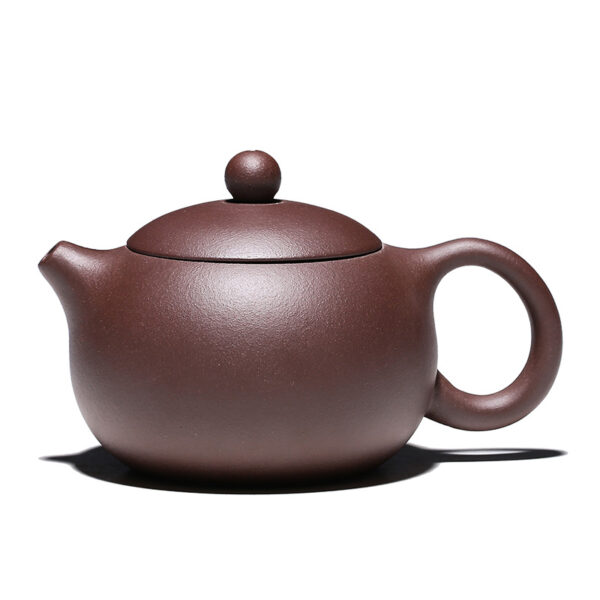



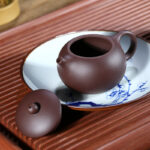
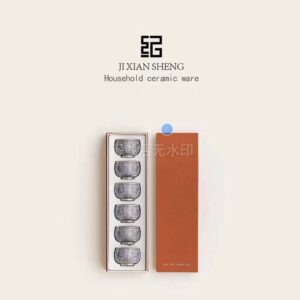
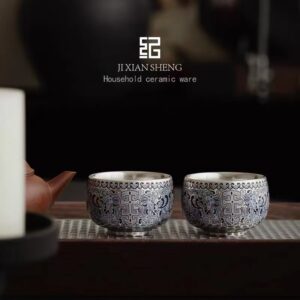


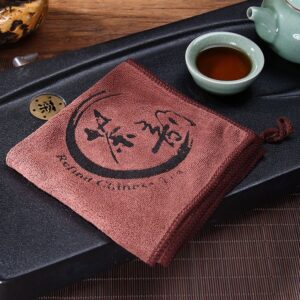
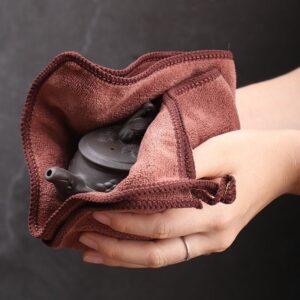


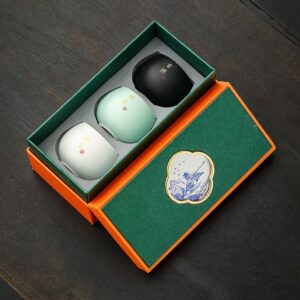
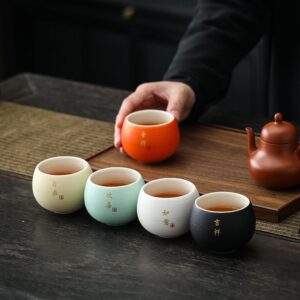


Rating & Review
There are no reviews yet.